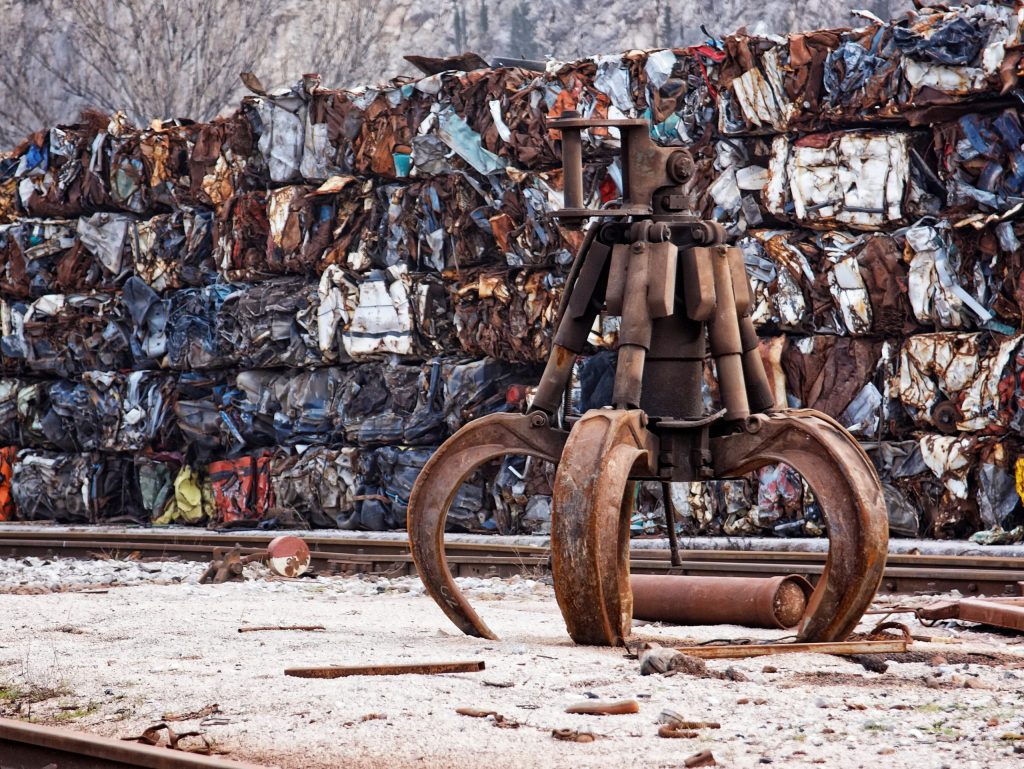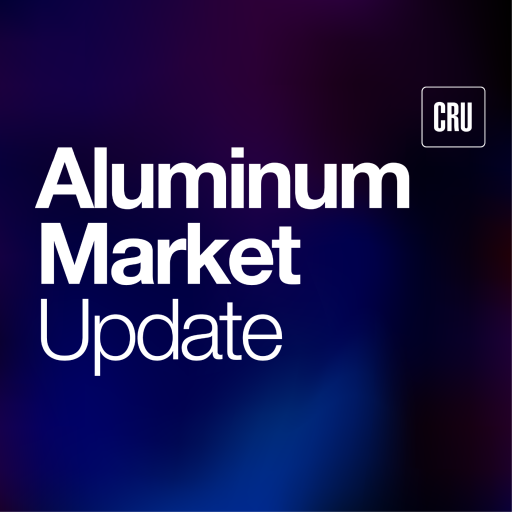Aluminum Scrap Markets

September 22, 2025
Honda opens Ohio pilot plant as Europe tightens end-of-life vehicle rules
Written by Nicholas Bell
Automakers on both sides of the Atlantic are moving to address how aluminum and other materials are handled at the end of a vehicle’s life.
In the last year, company-wide strategies that target the dismantling of end-of-life (EOL) vehicles, the recovery of scrap alloys, and the reuse of those materials has taken center stage.
Across Europe, Audi, Stellantis, Toyota and others are expanding closed-loop systems focused on the dismantling infrastructure of EOL vehicles. Honda’s pilot plant in Ohio shows the beginnings of a similar shift in North America.
Honda’s Resource Circularity Center
Honda has launched its Resource Circularity Center in East Liberty, Ohio, close to its Marysville and East Liberty assembly plants.
The facility is designed to recover value from end-of-life operational equipment, electronics, and vehicle service parts – items that would otherwise end up in landfills.
Rather than focusing on traditional recycling of direct manufacturing inputs such as pre-consumer scrap metal, the center targets “indirect goods”, including torque wrenches, industrial robots, office furniture, and most importantly, aluminum wheels.
Honda describes this as a shift from a linear “buy-use-dispose” model toward a circular value chain, where resources are recycled into production systems.
The company also ties the center to its environmental goals of carbon-free energy for North American operations and the long-term target of 100% electrified sales globally by 2040.
Honda’s sustainability disclosures broaden the picture, showing that the company is advancing scrap recovery at the material level.
In November 2024, Honda began horizontal recycling of aluminum die-cast scrap at its Saitama Factory Engine plant in Japan. By developing a process to remove iron contamination from alloy scrap, Honda said it achieved 100% horizontal recycling of the same alloy series, ADC12, which is a staple casting alloy comparable to A383.1. The process reduced the need for dilution with high-purity ingot and lowered associated costs.
Honda has also expanded the use of recycled aluminum in high-pressure die cast wheels in their motorcycle operations. What began with small-diameter wheels for scooter and Cub models in Asia and South America has extended to large-diameter wheels in Japan.
These technical advances in Japan may carry into facility-level initiatives in Honda’s North American operations, which include 21 manufacturing plants across its automotive, motorcycle, and aerospace divisions. The Ohio circularity center is the first step in that direction.
Audi
Audi has taken a different path, launching its MaterialLoop project in Europe, which entered a new phase in April.
In 2022, Audi dismantled 100 end-of-life vehicles to investigate how steel, aluminum, plastics, and glass could be separated and reused. It then took those results and will make several thousand pre-production vehicles available for recycling. Partnered with TSR Resource, the vehicles will be processed into feedstock for the automotive industry.
Audi reported that in 2024 it generated 278,751 metric tons (t) of metallic waste (entirely recyclable) and 140,641t of other recyclable waste, with only 2,348t disposed.
Audi is owned by Volkswagen Group, whose plant in San José Chiapa is the parent company’s primary Audi assembly facility, though the company has a larger plant in the same Mexican state of Puebla as well as its flagship U.S. facility in Chattanooga, TN.
Stellantis
Stellantis – one of the legacy “Big Three” U.S. automakers by virtue of its acquisition of Chrysler, though it is headquartered in Netherlands – was one of the first to move on EOL vehicle initiatives. In 2024, it advanced its own EOL solutions through the Valorauto program in France, Belgium, and Luxembourg, which manages vehicle collection, dismantling, and part recovery.
The company has also opened up dismantling operations in Italy and in Brazil.
In North America, Stellantis partnered with Real Alloy to establish closed-loop recycling for EOL wheels, though the automaker concentrated the bulk of its vehicle management efforts in Europe through its Valorauto platform.
Toyota
Toyota Motor Europe, the European sales and marketing division of the broader Toyota, has moved in parallel through its Circular Factor initiative at Burnaston in the UK that it announced earlier this year. The facility is structured around three pillars: reusable parts, re-manufacturable components, and recyclable raw materials.
Toyota expects to process around 100,000 vehicle a year in the UK alone, with the Burnaston site servicing as a center for a broader European rollout.
EU EOL legislation
The wave of European end-of-life initiatives is tied to regulatory change. In September, the European Parliament approved an End-of-Life Vehicle Regulation that replaces earlier directives and links vehicle design directly to dismantling and recycling outcomes.
The legislation requires vehicles to be constructed for easier dismantling and part removal, and empower the European Commission to set targets for recycled aluminum, as well as other metals, like magnesium, following feasibility studies.
The regulation draws a sharper line between used vehicle and an EOL vehicle. At each change of ownership, the documentation must prove the vehicle is still roadworthy. If not, it is deemed end-of-life and cannot be exported. The intent is to keep valuable metals such as aluminum circulating within the EU rather than leaving the system.
Parliament framed the measure as a way to reduce Europe’s reliance on imported raw materials and to encourage automakers to reuse recovered scrap directly in new parts and components. Shredding into mixed streams such as zorba and twitch is explicitly treated as a downgrade, an approach that shifts the focus toward pre-shredding dismantling and alloy-specific recovery.
Ford and U of M study
So, where does that leave the U.S. end-of-life vehicle recycling market?
A collaboration between Ford Motor Group and the University of Michigan case study published in May 2025 offers a unique lens on the subject. Using the F-150 as its model, the project confirmed conventional shredding channels most of the vehicle’s aluminum into twitch but also demonstrated how that twitch remains to contaminated to flow directly back into autobody alloys without extensive dilution.
The study tested alternatives: casting removal, advanced sorting, and vehicle design tweaks. Overall, the study itself indicated how entrenched the shredding system is in the U.S. and how much capital is already tied up in producing twitch.
As one of the legacy U.S. automakers, Ford’s findings carry weight, highlighting the American market is still oriented toward upgrading twitch rather than abandoning it, even as Europe moves in the opposite direction.
Conclusion
Honda’s pilot plant in Ohio stands out against this ecosystem.
Until now, most advances in end-of-life vehicle recycling have been concentrated in Europe, underpinned by regulatory pressure.
The EU’s legislation does appear to be advancing aluminum recycling in the automotive sector, but its emphasis is on diverting scrap away from shredded zorba and twitch streams and into direct reuse as feedstock in new castings and sheet.
That position runs counter to the path being pursued by the zorba and twitch market itself, where investments in sorting technologies and heavy media separation are aimed at segregating higher-purity, shredded grades.
Those investments are capital-intensive and take time to scale, and a regulatory stance that devalues shredded streams could complicate their development if carried into the U.S. market.








